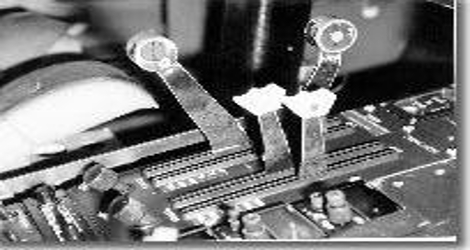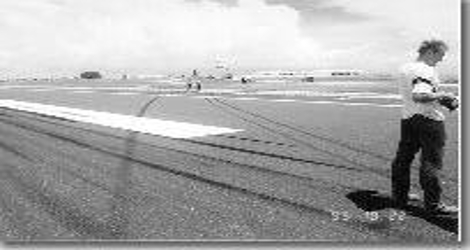Air Maldives flight L63312 on a regular scheduled public transport flight departed from Kadhdhoo Airport (153300N, 0733045E) at 0403Z and landed at Male’ International Airport (041126N, 0733201E) at 0443Z.
The flight was conducted on a Dornier 228-212K, registration 9M-PEQ with two pilots, a cabin attendant and five passengers on board. Passengers were seated between rows 4 and 6 inclusive.
The flight was cleared for an ILS approach to Male’ International Airport, at 0433Z. The flight obtained clearance to land on runway 36, (reported wind 270/11 knots) at 0443Z.

AIR MALDIVES flight L6 3312
The Air Maldives flight L63312 from Kadhdhoo to Male’ was uneventful until landing, and during the flight both pilots were in good spirits.
The aircraft landed at about 90-95 knots and touch down about 600m beyond the threshold of the runway 36, about 20° to the centre line; to the left of the centre line.
On touch down the aircraft moved to the left of the centre and at the nearest point was 2.7 m from the edge.
The handling pilot (Co-pilot) applied right rudder to get the aircraft onto the centre line and then tried to get the power levers to ground idle.
The Air Maldives flight L63312 abruptly turned to the right and veered off the runway, traversing through the sand and the grass and crashed on to the sea wall at an angle at which point the nose was pointing approximately E/SE.
The nose landing gear collapsed, followed by the Left Main Landing Gear and then the Right Main Landing Gear and the aircraft flipped on its back into the lagoon adjacent.
The aircraft lay about 78m from the sea wall (measured parallel to the centre line).
The accident occurred in day light in good visibility. The local time was 0944 (0444Z).
According to the investigation of Air Maldives flight L63312 conducted and information obtained the following factors played a part in causing the accident :
- the failure of the PIC to take control when the aircraft touched at 20° angle to the centreline and continued towards the western edge of the runway after landing
- the “over correction” applied by the handling pilot to the prevalent cross wind, leading the aircraft to land at 20° to the centerline.
- the over application of right rudder to get the aircraft onto centerline and subsequently failing to get the power levers to ground idle.
- the lack of a CRM programme in the company had meant that the pilots albeit friendly, did not have a harmonious attitude towards one another; particularly the Captain to the Co-pilot.
- the less than effective means of imparting company policy with respect to giving co-pilots (based on experience, flight conditions) to carry out landings/take-offs.
Download Report


0 Comments